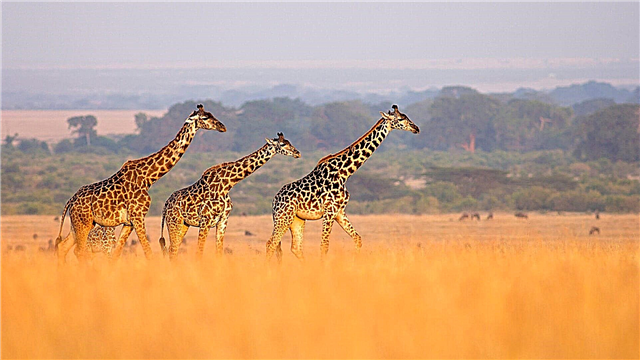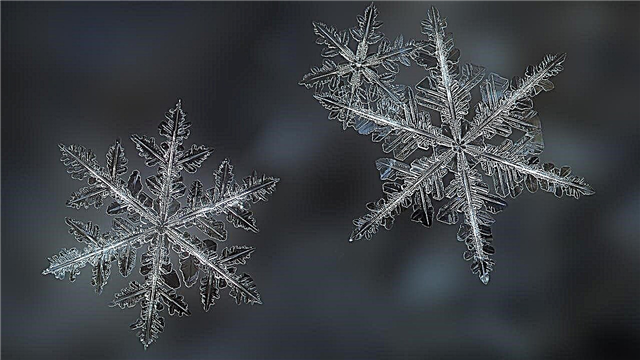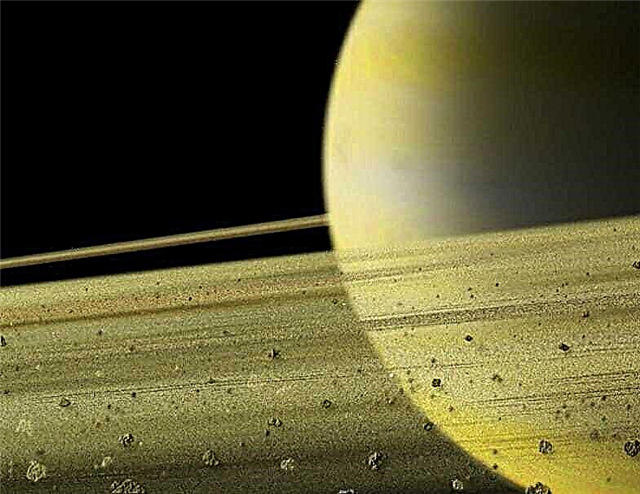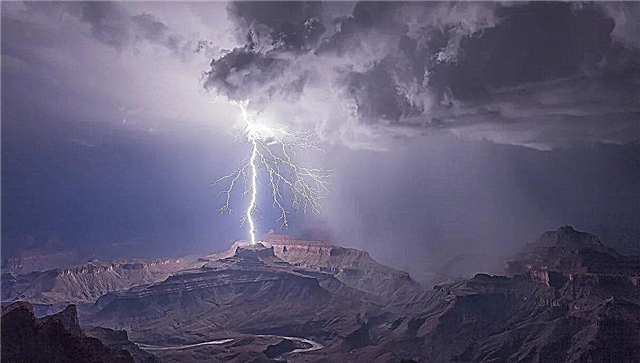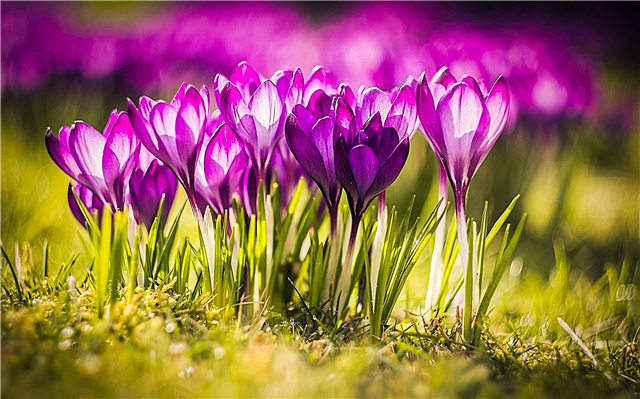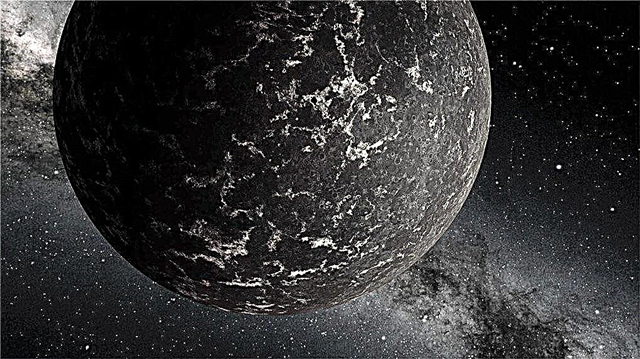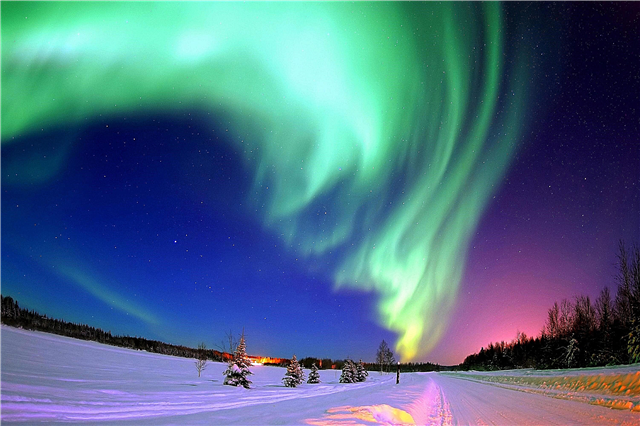
Beautiful blue and white clouds gliding across the sky daily delight our eyes. And what is it really is such a cloud, and where do they come from?
What are clouds made of?
A cloud is nothing but steam, that is, millions of crystals of ice or water that float in the air.Clouds are made up of millions of small drops of water or, at very low temperatures, ice crystals. These tiny droplets of water or ice remain in the air in the form of clouds.
Cloud formation

When the air is constantly cooled, at some point it becomes the so-called “dew point”, the moment at which the steam is saturated. Further cooling of the air causes saturation and condensation, that is, the transfer of water from a gaseous state to a liquid state. Finally, spores of cloud droplets form under the influence of condensation.

Water for evaporation, which is located in the seas and oceans, is heated by the sun's rays and a large amount of steam appears, which naturally goes up. This process is called evaporation.. When the steam rises, it cools and turns back into water or ice. A phenomenon called convection.
Convection is the phenomenon responsible for the formation of clouds. This relationship is described as a relationship, when the density of evaporation into the air is lower, the colder and denser the air becomes. The sun, which heats the surface of the earth, causes the rise of warm air.
A cloud can form when the vapor turns into a liquid, that is, when it moistens the moist air and the vapor condenses into small solid particles. Cloud formation depends on several different processes.Under the right conditions, air gives the Earth moisture in the form of precipitation falling on the surface: rain, snow or hail, as well as precipitation, such as dew. Surface waters, rivers and streams carry this water to the seas and oceans, and the entire cycle, called the hydrological cycle, begins again.
But a drop in temperature is not the only condition for condensation. Air does not purify on its own, even at high oxygen saturations. We need microscopic solids suspended in the air and called condensation nuclei, on which even smaller condensation products settle.
The influence of atmospheric fronts on clouds.

Clouds also arise as a result of mixing atmospheric fronts. This happens when a warm front meets the cold in its path. It begins to rise, cools, and clouds form.
Types of clouds
Clouds are constantly changing color and shape, as well as consistency. For synoptic purposes, a permanent classification of clouds has been created.. They were divided - mainly on the basis of appearance; they are divided into ten species. Due to the fact that all the clouds are between sea level and the ground, this height interval was also divided into three floors, so for each cloud you can indicate on which floor or floors it is located.
High floor clouds

Clouds of a high floor are called cirrus and cirrocumulus in appearance they look, as they are called. They consist of ice crystals that occur at the lowest temperatures. They are in the form of thin white fibers that transmit sunlight.
The most popular cirrus clouds are cirrus clouds in the form of individual, white, thin, and randomly entangled fibers or filaments of a fibrous appearance and silky sheen. Sometimes they are located in wide parallel stripes that converge to the horizon. At the same time creating a little cloudy sky, especially at sunset, they acquire beautiful colors: from white to yellow, pink and red.
Mid-level clouds

The middle floor clouds include cumulus, cumulus. These clouds usually have the appearance of mountains, domes or towers. They consist of convection currents that trace the white domes and bulges in the upper part of the cloud, giving them a shape similar to cauliflower.
The most characteristic are cumulus clouds or clouds of moderate cloud cover. They form a whitish or gray layer consisting of cylindrical elements, rounded panels or panels separated or connected. They consist of water droplets, but ice crystals can form in them at very low temperatures.
Ground floor clouds
The top floor of the clouds is layered clouds.


